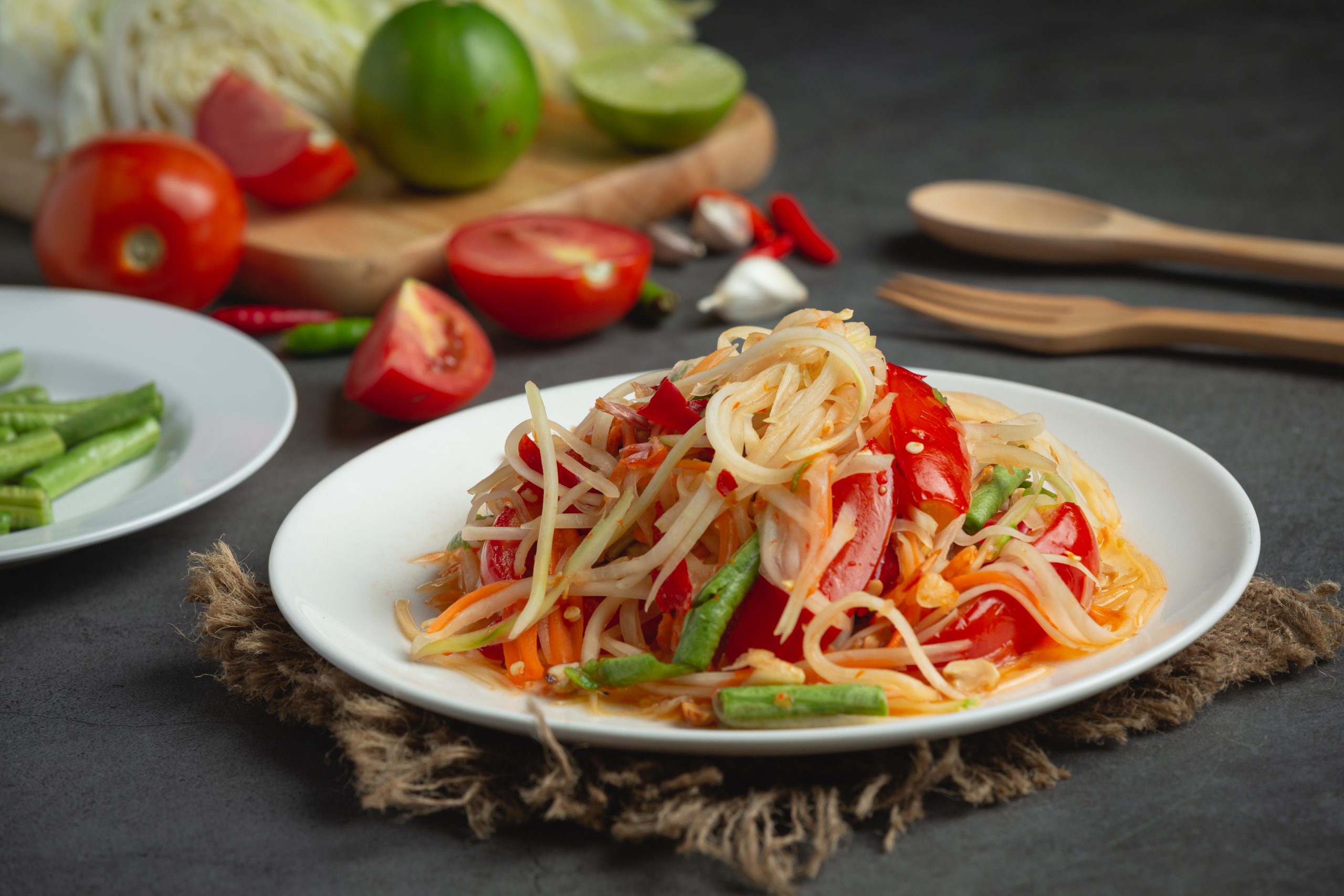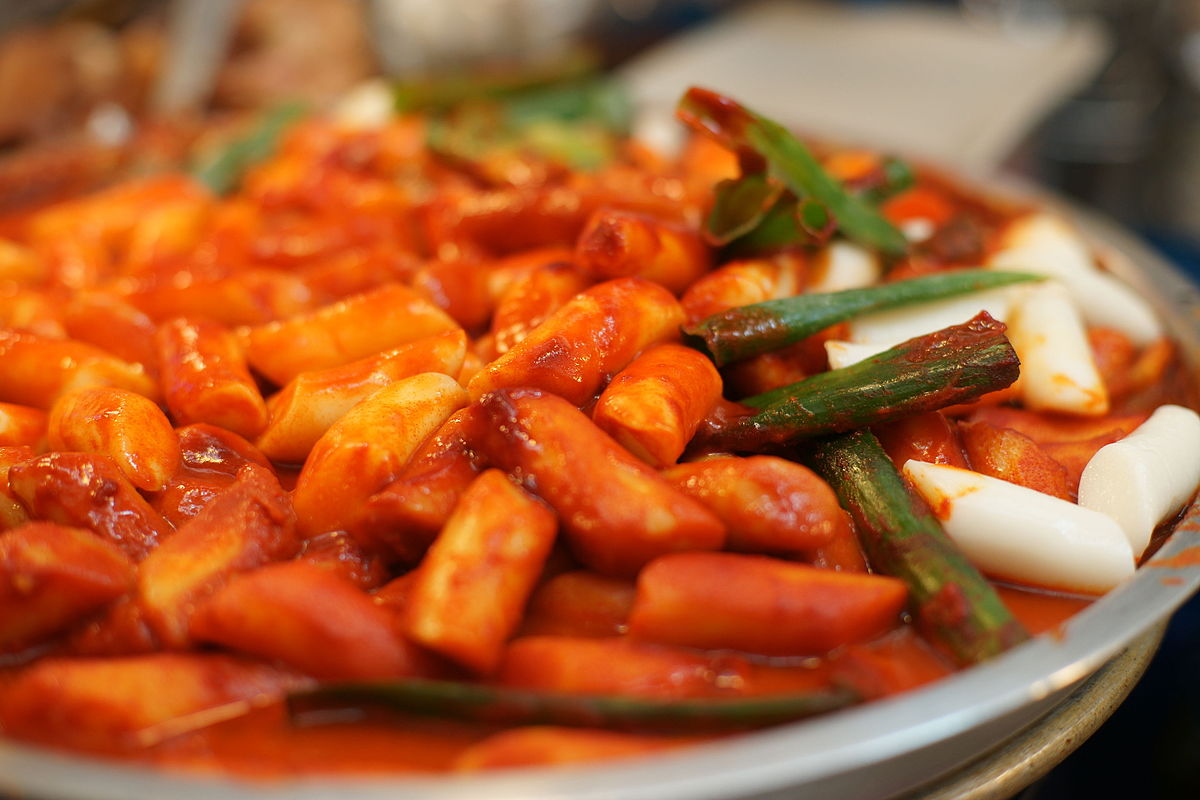Food is an adventure, an exploration of cultures, flavors, and traditions. While many travelers seek out well-known dishes like sushi, pizza, or tacos, there’s an entire world of lesser-known culinary treasures waiting to be discovered. These hidden gems offer a deeper dive into local food culture, providing unique tastes that surprise and delight. Let’s take a journey through some of the most underrated yet extraordinary dishes from around the world.
Georgia: Khinkali – The Juicy Dumpling with a Twist
In the heart of the Caucasus, Georgia offers a rich culinary heritage, and one of its most beloved dishes is khinkali. These juicy dumplings are filled with spiced meat, herbs, and broth, creating an explosion of flavors with each bite. The proper way to eat khinkali is by holding the twisted top, biting into the dough, and sipping the broth before finishing the rest. A true Georgian feast isn’t complete without a plate of these delicious dumplings.
- Khinkali originated as a shepherd’s meal in the mountains.
- The dumplings can be filled with meat, cheese, or mushrooms.
- They are best enjoyed with a sprinkle of black pepper.
Peru: Cuy – The Andean Delicacy
In the highlands of Peru, cuy (guinea pig) is a traditional dish that has been consumed for centuries. This Andean staple is often roasted whole and served with potatoes and aji sauce, a spicy Peruvian condiment. While it may be unfamiliar to many, cuy is considered a delicacy and is packed with protein. For those seeking an authentic taste of Peru, this dish is a must-try.
- Cuy has been a source of nutrition in the Andes for over 5,000 years.
- The dish is often served on special occasions and celebrations.
- Its flavor is similar to rabbit, with a slightly crispy texture.
Finland: Kalakukko – The Ultimate Fish Pie
Kalakukko is a traditional Finnish fish pie that combines rye bread with a savory filling of fish, pork, and potatoes. Baked for hours, this dense and hearty dish is perfect for Finland’s cold winters. It is often sliced and eaten as a portable meal, making it a favorite among travelers exploring the Finnish countryside.
- Kalakukko is a specialty of the Savonia region of Finland.
- The dish is baked for several hours to allow the flavors to meld together.
- It’s traditionally eaten with butter for added richness.
South Korea: Bindaetteok – The Crispy Mung Bean Pancake
While many are familiar with Korean BBQ and kimchi, bindaetteok remains a hidden treasure in Korean street food culture. Made from ground mung beans, vegetables, and sometimes meat, this savory pancake is crispy on the outside and soft on the inside. Served with a tangy dipping sauce, it’s a delicious snack that pairs perfectly with a glass of makgeolli, a traditional rice wine.
- Bindaetteok dates back to the Joseon dynasty.
- It’s commonly eaten during festive celebrations like Chuseok (Korean Thanksgiving).
- The pancake is often sold at traditional markets like Gwangjang Market in Seoul.
Jamaica: Mannish Water – The Bold Goat Soup
Jamaica’s culinary scene is full of vibrant flavors, and one of its most intriguing dishes is mannish water, a hearty soup made from goat head, tripe, and various vegetables. Known for its rich broth and bold seasoning, this dish is believed to have energizing properties and is often served at celebrations. The combination of Scotch bonnet peppers, yams, and fresh herbs makes it a uniquely flavorful experience.
- Mannish water is often consumed as a hangover remedy.
- It’s typically cooked over an open fire for enhanced smokiness.
- The dish is a staple at Jamaican weddings and gatherings.
Hungary: Hortobágyi Palacsinta – The Savory Pancake Surprise
Hungary is famous for its goulash, but hortobágyi palacsinta is a lesser-known yet delightful dish. This savory pancake is filled with minced meat, topped with a rich paprika sauce, and baked to perfection. The fusion of tender crepe-like pancakes and a deeply flavorful sauce makes it a must-try for food lovers visiting Hungary.
- The dish was originally created for the 1958 Brussels World Expo.
- It is inspired by traditional Hungarian flavors, featuring rich paprika seasoning.
- The pancake can be stuffed with veal, pork, or even mushrooms for a vegetarian twist.
Madagascar: Romazava – The Aromatic National Dish
Romazava is a traditional Malagasy stew made with zebu (a type of cattle), leafy greens, and aromatic spices. This slow-cooked dish is deeply comforting and represents the essence of Madagascar’s diverse culinary influences. With its rich broth and fragrant herbs, romazava is a perfect example of how simple ingredients can create extraordinary flavors.
- Romazava is the national dish of Madagascar.
- The stew is often served with rice, a staple of Malagasy cuisine.
- The use of brèdes (local leafy greens) gives it a distinct taste.
Unveiling the World’s Hidden Flavors
The world is full of unique and underrated culinary experiences waiting to be explored. Whether it’s savoring Georgia’s juicy khinkali, indulging in Peru’s traditional cuy, or discovering the bold flavors of Jamaican mannish water, every dish tells a story of history and culture. Traveling through food allows us to appreciate the richness of global traditions, making each meal a journey in itself.
Key Takeaways:
- Exploring lesser-known dishes gives a deeper understanding of a country’s culture and history.
- Each region has unique flavors that are often overlooked in mainstream cuisine.
- Trying new foods is an adventure that broadens the palate and enhances travel experiences.


